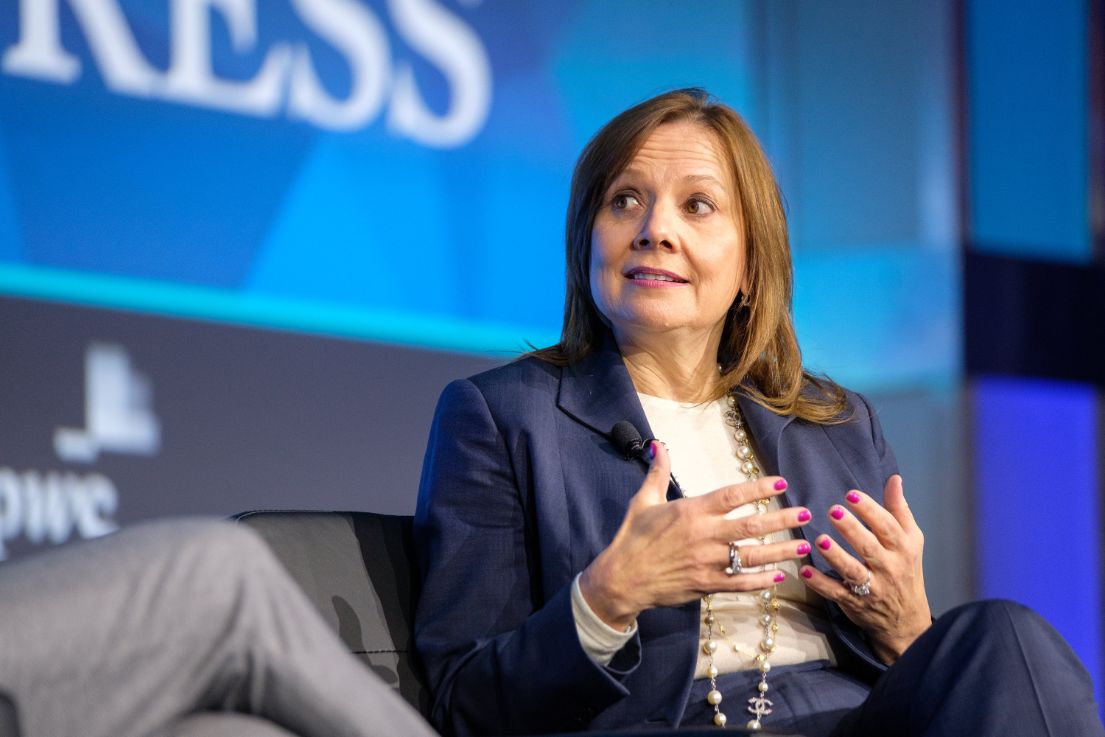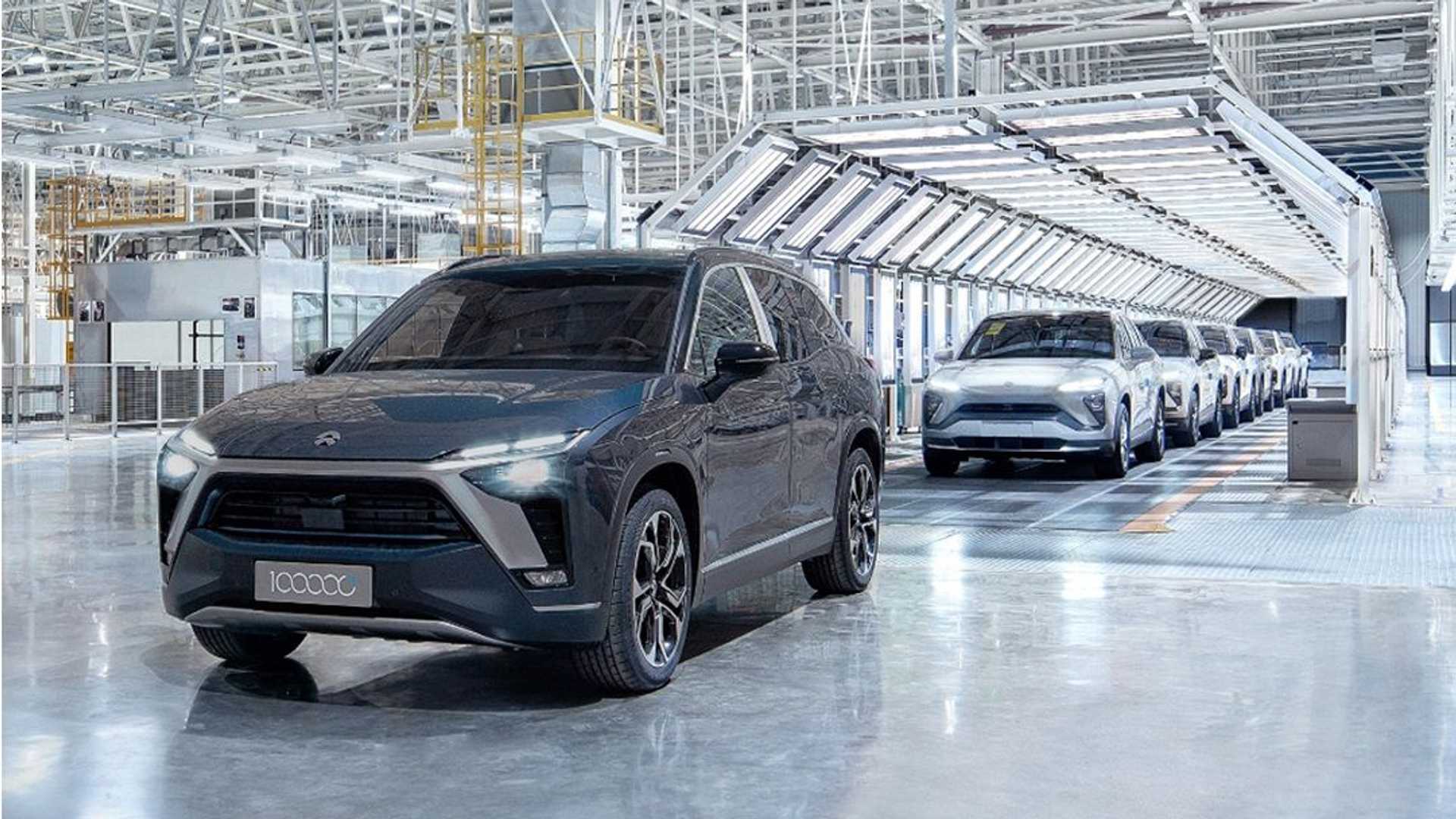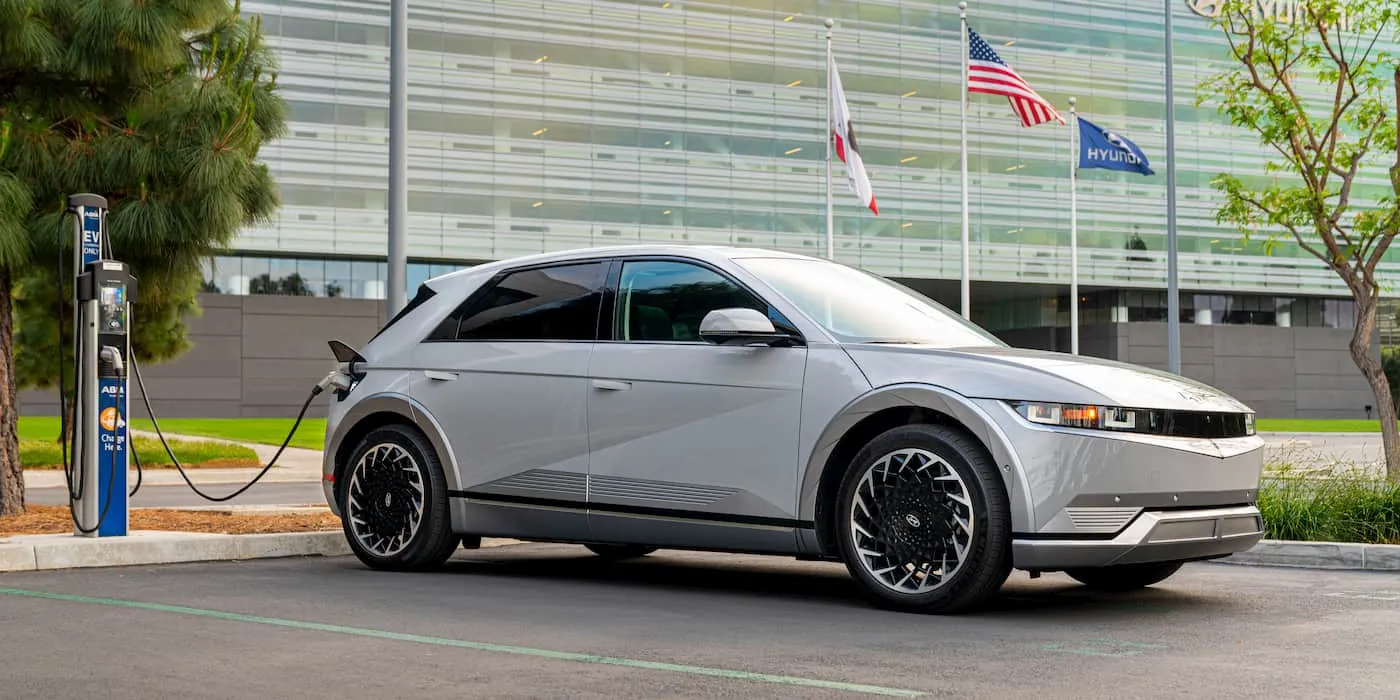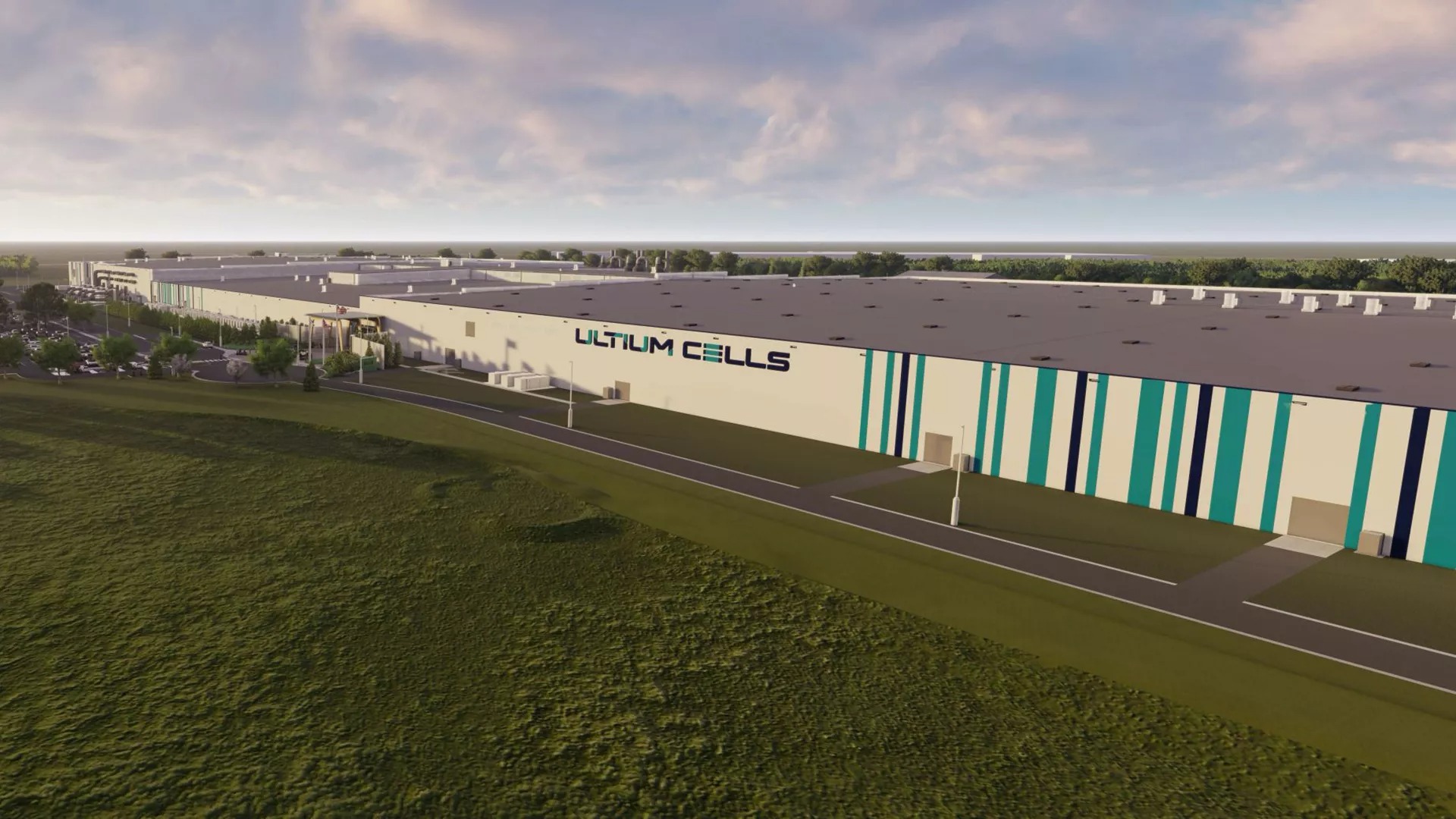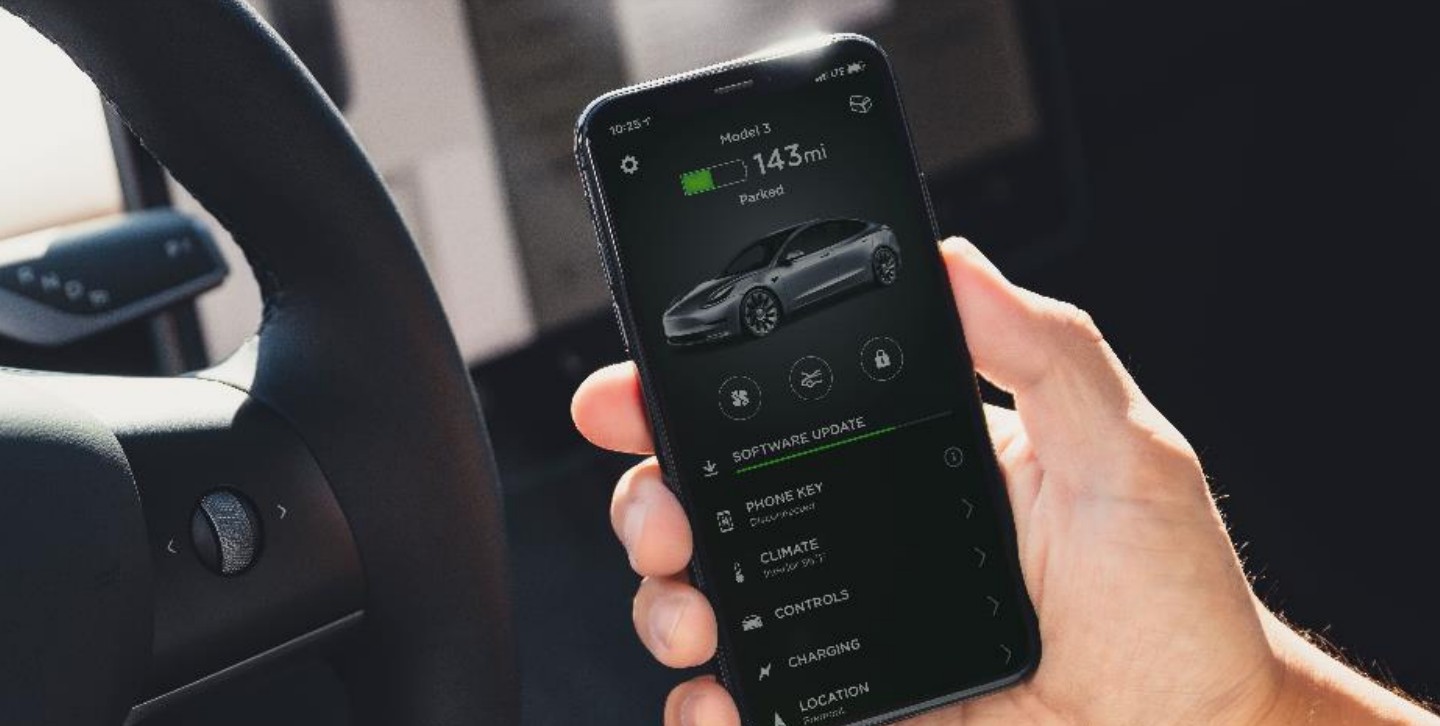General Motors CEO Mary Barra has reiterated the company’s commitment to transitioning to electric vehicles (EVs), despite recent remarks indicating a longer timeline for the switch. Barra’s comments come as EV sales in the U.S. have experienced a slowdown, prompting speculation about the future of GM’s EV strategy.
Barra initially tempered expectations, suggesting that the transition to EVs would take “decades” rather than years. This statement raised questions about GM’s earlier pledge to phase out internal combustion engine (ICE) offerings from its lineup by 2035. However, a spokesperson later clarified that GM remains dedicated to this goal.
See also: GM Taps Former Apple Execs to Lead Software and Services Division
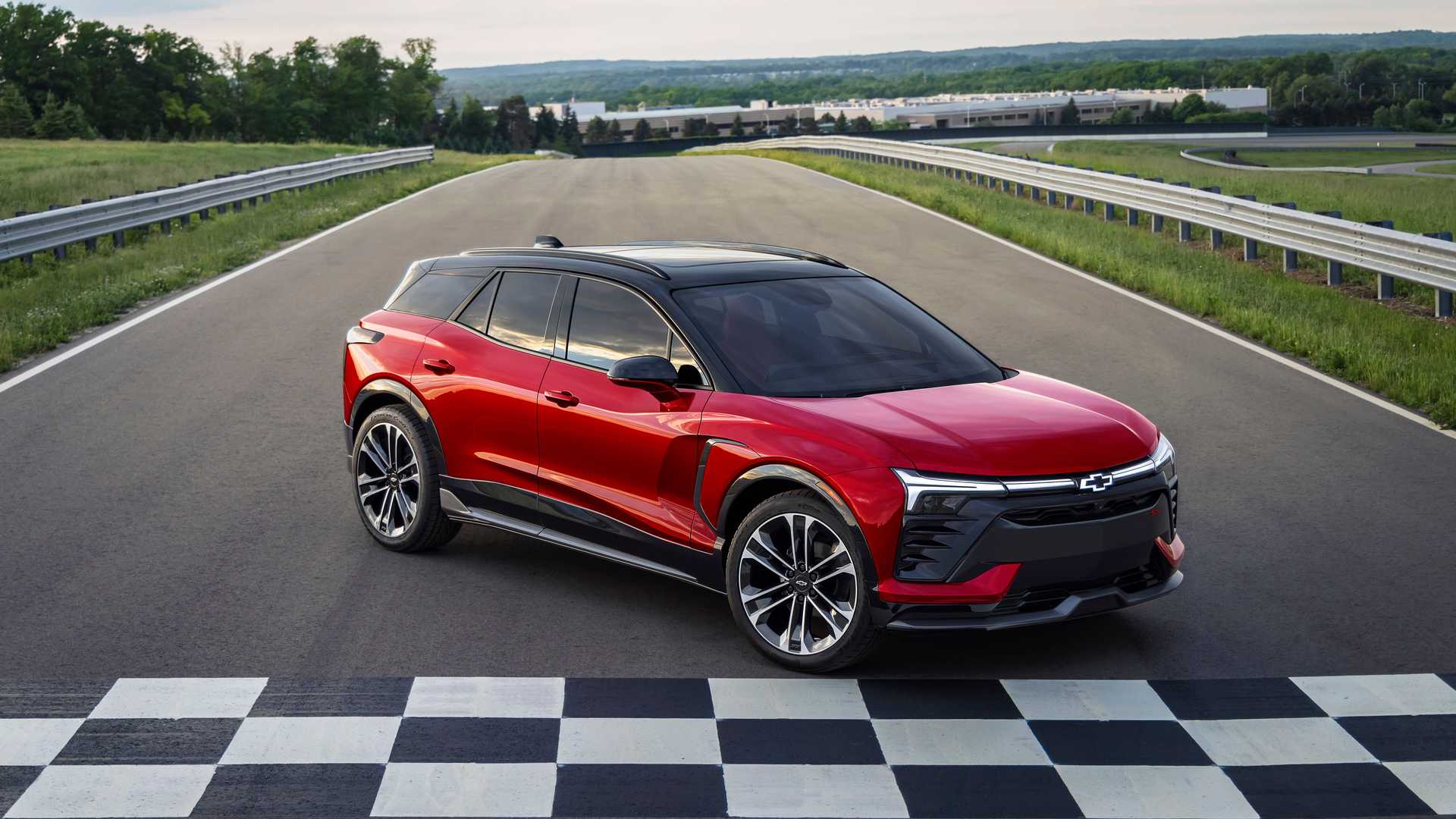
In a statement, Barra emphasized the importance of offering a diverse range of vehicles to meet consumer preferences. She stated, “We said back in 2018 that we’re committed to an all-electric future. But as we make this transformation, it’s going to happen over decades. And that’s why I couldn’t be more proud of our gas-powered fleet as well.”
Despite the recent slowdown in EV sales growth, GM has seen success with its Cadillac brand, particularly the Lyriq crossover, which has contributed significantly to EV sales. Barra also announced plans for a new sub-$35,000 EV to be introduced later this year, aiming to make EVs more affordable and drive adoption.
See also: GM Claims Next-Gen Chevrolet Bolt to Be the Most Affordable EV on the Market
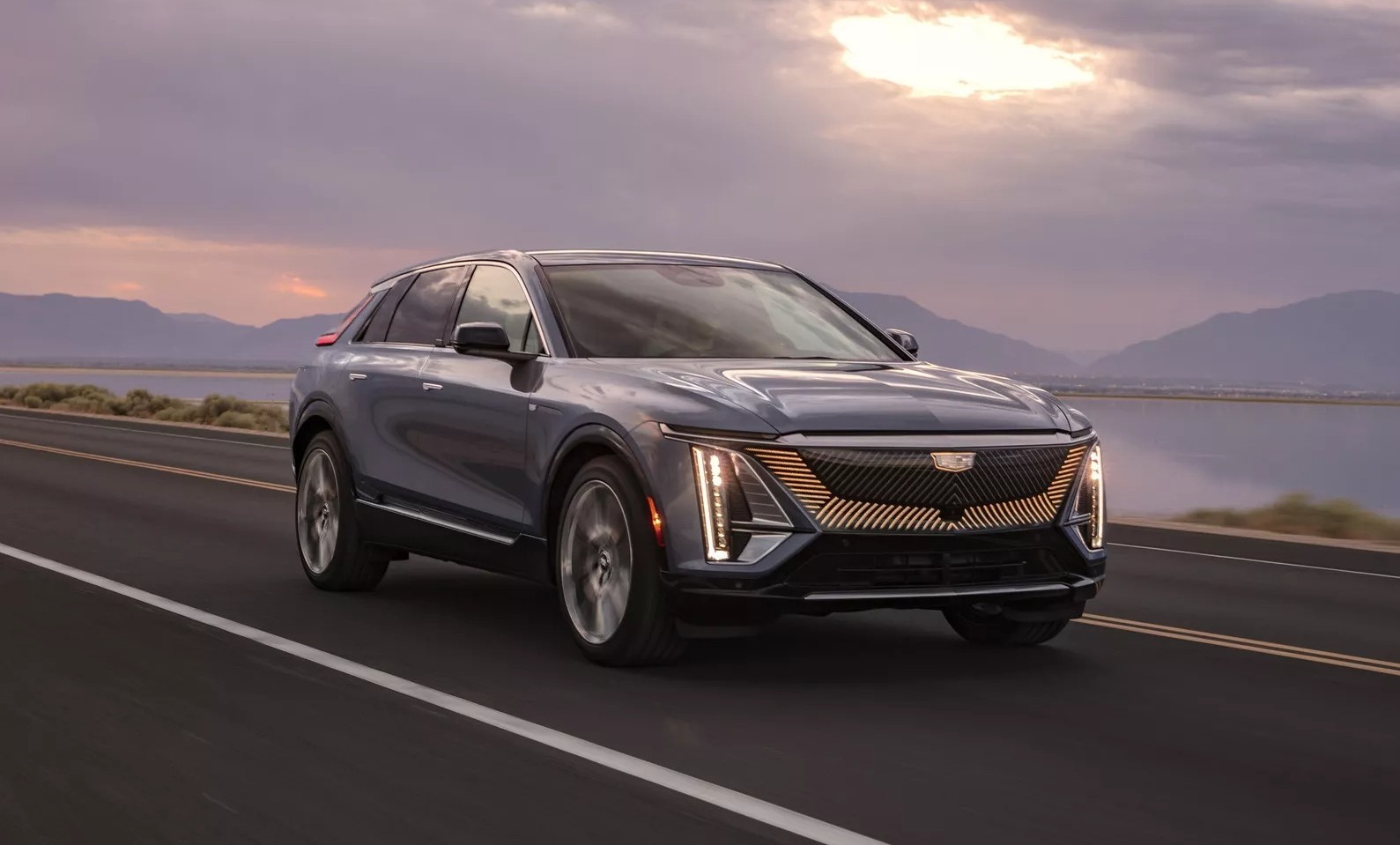
Barra affirmed that GM’s EV roadmap remains unchanged regardless of the political landscape, indicating that the company remains committed to EVs for the long term. She highlighted the benefits of EVs, such as instant torque and the convenience of home charging, emphasizing their superiority over traditional gas-powered vehicles.
In the EV market, Tesla continues to lead with over 50 percent market share, while GM brands account for just under 5 percent. Despite the current challenges, GM is forging ahead with its EV strategy, aiming to drive adoption and meet the evolving needs of consumers.

